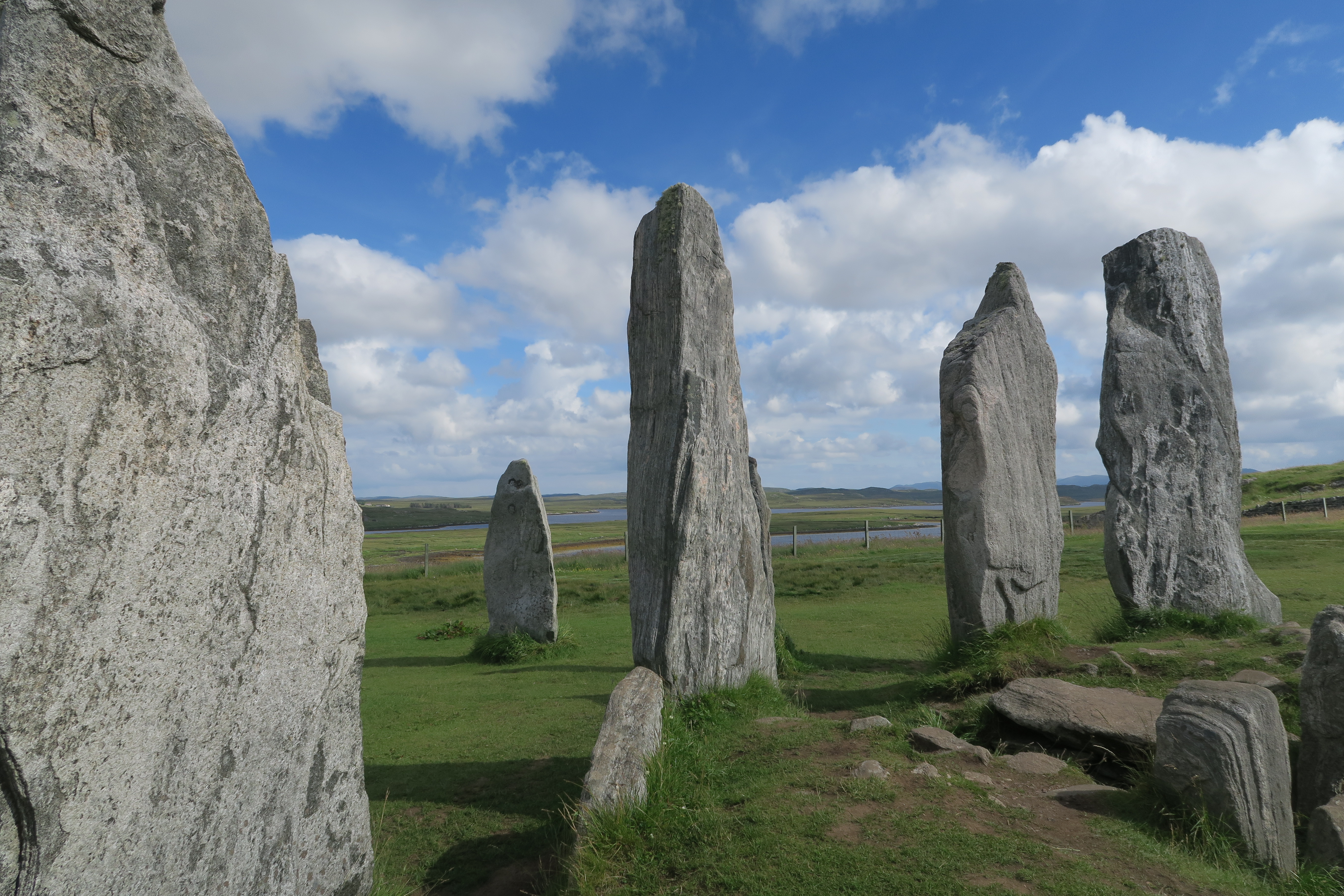
Callanish Stones Clachan Chalanais Transceltic Home of the Celtic nations
The Callanish Standing Stones are located on the Isle of Lewis in the Outer Hebrides and are regarded as the finest stone circle in Scotland. These huge granite stones (the largest is 16 feet tall) were erected 5,000 years ago in the late Neolithic era, possibly for ritual use.
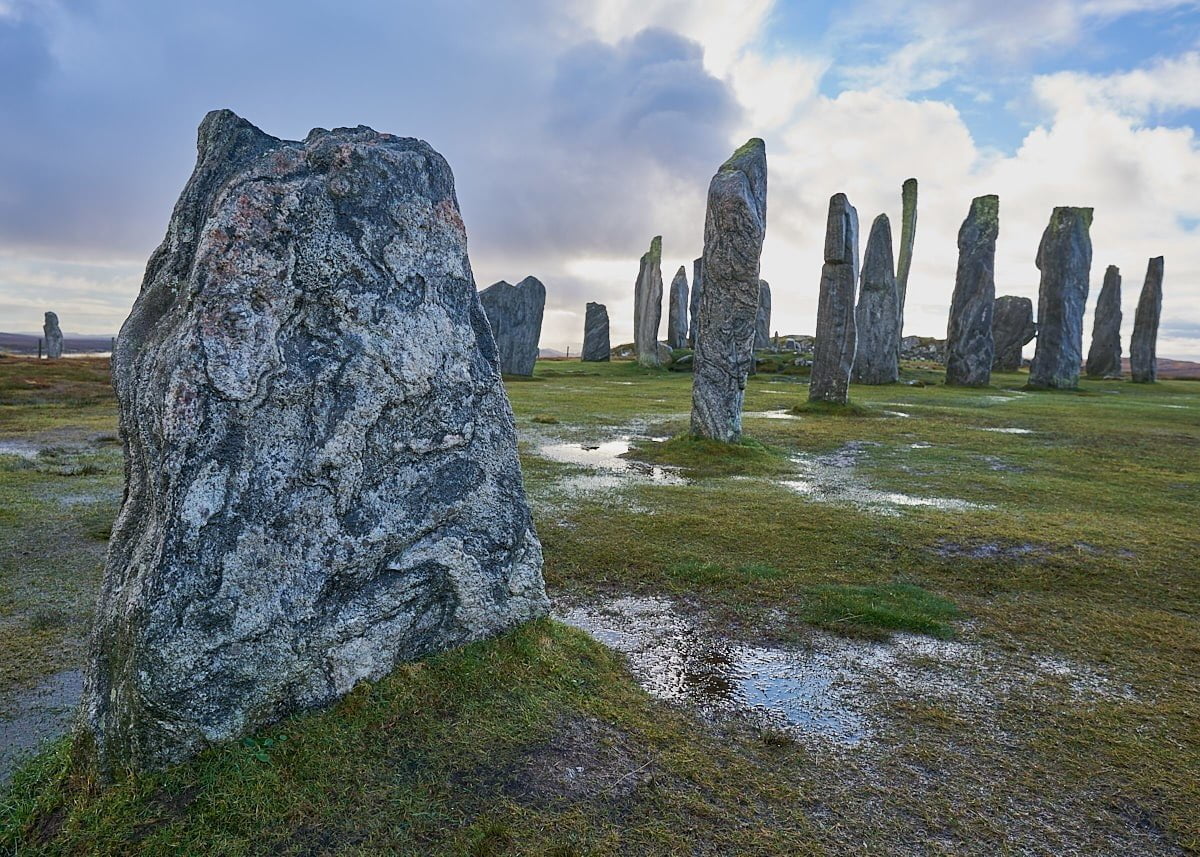
Standing Stones of Calanais Photography...mostly.
Visit the Calanais Standing Stones in Isle of Lewis. Learn about the history, explore the heritage & discover how we can help you plan your visit.
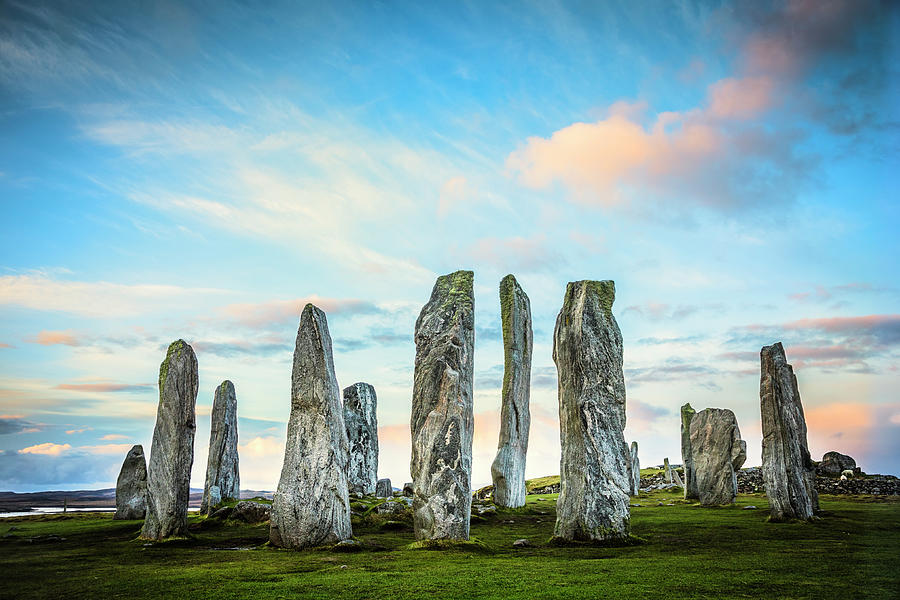
Callanish Standing Stones, Isle Of Lewis Photograph by Theasis Pixels
The Calanais Standing Stones (or Callanish in its anglicised form) is a cruciform shaped stone circle, erected 5000 years and standing the elemental weather of the Outer Hebrides, there is much mystery surrounding their inception.

The Callanish Standing Stones Stonehenge of the North
The Calanais Standing Stones are an extraordinary cross-shaped setting of stones erected 5,000 years ago. They predate England's famous Stonehenge monument, and were an important place for ritual activity for at least 2,000 years.
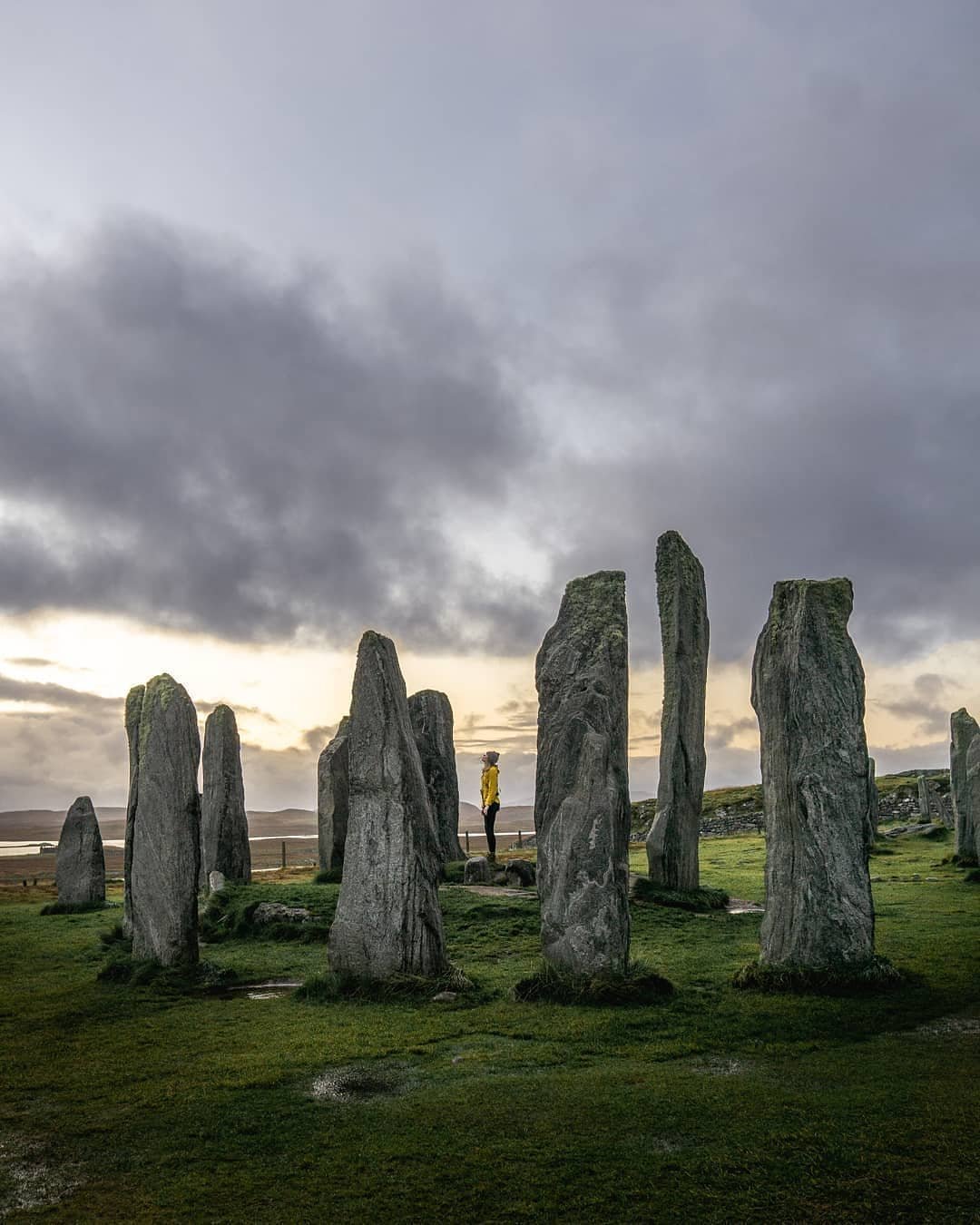
Vote The Calanais Standing Stonesfor Scotland's Most Beautiful Place
Calanais Standing Stones and Visitor Centre. 1,365 likes · 69 talking about this · 74 were here. Visitor centre, exhibition, shop & cafe at one of.

Callanish Standing Stones — Mary Kate Navigates
The Calanais Standing Stones are an extraordinary cross-shaped setting of stones erected 5,000 years ago. They predate England's famous Stonehenge monument, and were an important place for ritual activity for at least 2,000 years.

The Calanais Standing Stones
Callanish Stones Coordinates: 58°11′51″N 6°44′43″W The Callanish Stones (or "Callanish I": Scottish Gaelic: Clachan Chalanais or Tursachan Chalanais) are an arrangement of standing stones placed in a cruciform pattern with a central stone circle, located on the Isle of Lewis, Scotland.

Calanais Standing Stones & Visitor Centre on Isle of Lewis Scotland
Description. The monument comprises the world-famous standing stones at Calanais (also known as Callanish) and associated features, sited on the summit of a low rise, on the W coast of Lewis in the Western Isles. The monument was scheduled in 1882, but an inadequate area was included to protect all of the archaeological remains: the present.

Calanais Stones Standing stone, Mystical places, Stone
Book a ticket Visit the Calanais Standing Stones in Isle of Lewis. Learn about this ancient monument and its history with a guided tour from our website!

CALANAIS (CALLANISH) STANDING STONES The stones stand on a low ridge by Loch Roag on the west
The Callanish Stones (or Tursachan Chalanais in Gaelic) are a 5000-year-old mystery that look like something straight out of Outlander! Older than Stonehenge, this incredible stone circle complex features a series of stones arranged in a cross shape with a central circle and 4.8m tall centre stone. If you're visiting Lewis and Harris or are a.
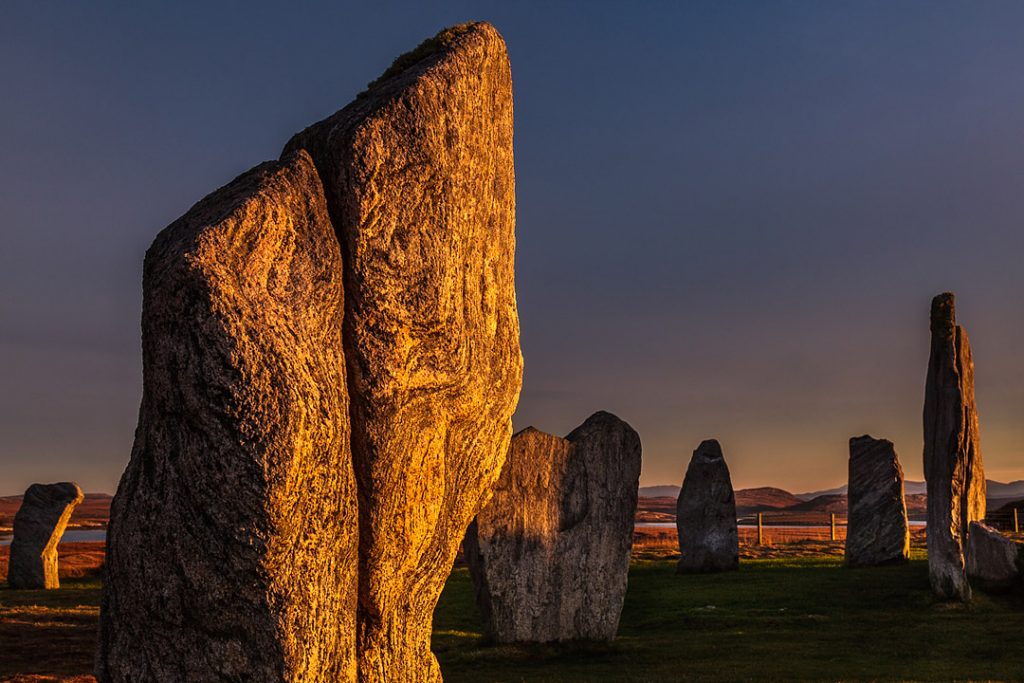
Calanais Standing Stones, Isle Of Lewis, Hebrides, Scotland
Book a ticket New light on a ceremonial landscape. Lecture by Alison Sheridan, research associate National Museums Scotland. Learn about the Standing Stones and other ancient stones in the area. Visit Calanais Standing Stones & Visitor Centre to find out more!
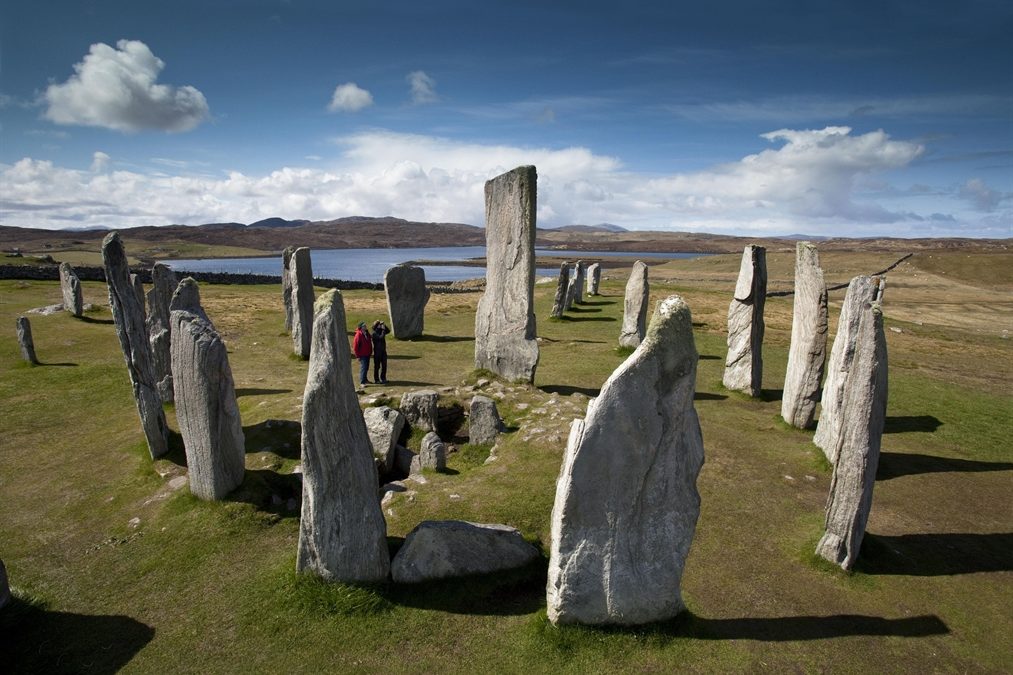
The Calanais Standing Stones Scottish Highland Trails
The Calanais Standing Stones. Jill McKean 2 min 11283. On the western edge of the Isle of Lewis in the Outer Hebrides, overlooking the waters of Loch Roag, stand the mysterious Calanais standing stones. Erected around 5000 years ago, the stones form a circle surrounded by a cruciform shape, and are believed to have been an important site of.

Calanais standing stones, Isle of Lewis, Outer Hebrides, UK Outer hebrides, Standing stone
The Calanais Standing Stones are an extraordinary cross-shaped setting of ancient monoliths, erected 5,000 years ago. They predate Stonehenge and were an important place for ritual activity for at least 2,000 years. Patrick Ashmore is a former Principal Inspector of Ancient Monuments with Historic Scotland, now Historic Environment Scotland.

Calanais Standing Stones • St. Andrew's Society of Toronto
1540. Callanish Standing Stones. Chris Combe/cc by 2.0. Rows of monoliths stretch outward from this stone circle, forming a sort of rudimentary cross. A chambered tomb is nestled within the circle.

Calanais Standing Stones MasterYourTrip
Calanais Standing Stones are free to visit and open year-round. Please stay strictly to the paths on your visit. The Calanais visitor centre is currently closed for redevelopment and will reopen in 2025. This means there are currently no toilets or other facilities on site, For further details please visit www.calanais.org.
__large.jpg)
Callanish Standing Stones on the Isle of Lewis (2) Martin Lawrence
An additional eight stone circles are found in a ten-kilometre radius of Calanais 1 as well as numerous single standing stones. Calanais 1 was built on a headland jutting into Loch Roag, a sea loch on the North West coast of Lewis. Whatever the purpose of the circle, it was designed to have a considerable visual impact..